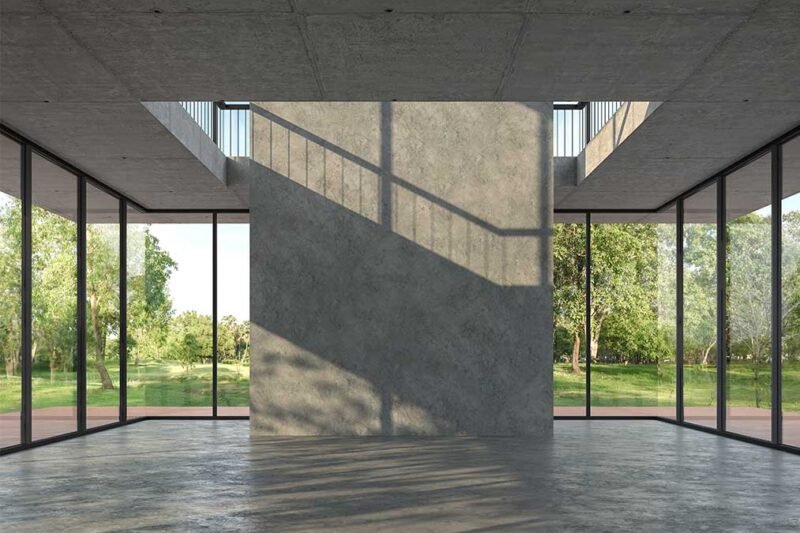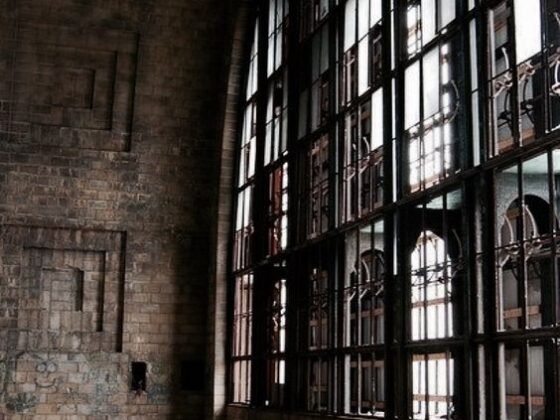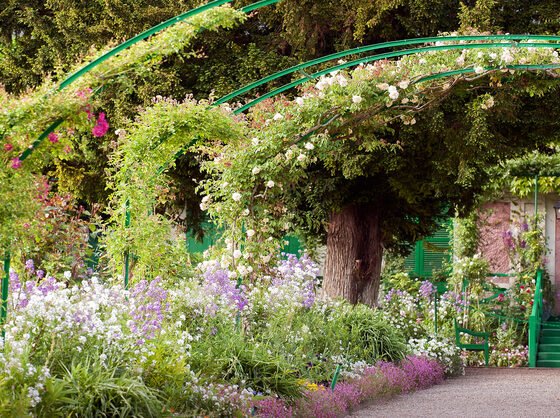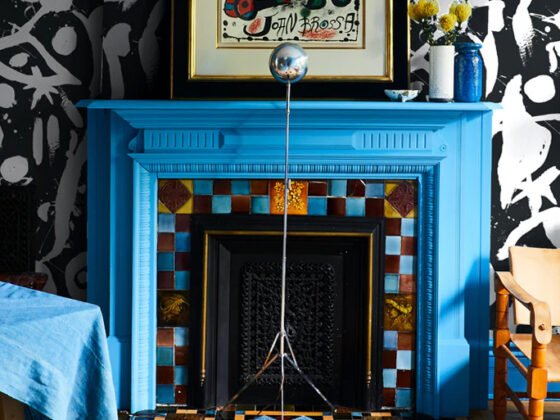Simple concrete slabs have been the flooring for basements, garages, patios and utility rooms for many years. However, for some time now, concrete surfaces have taken over interior decor elements, floors, ceilings and walls.
If you are used to thinking of concrete as a practical surface suitable only for utility rooms, its many advantages as a decorative flooring material may surprise you. Concrete can become extremely elegant or even colorful, but stylistically it will not suit all interiors.
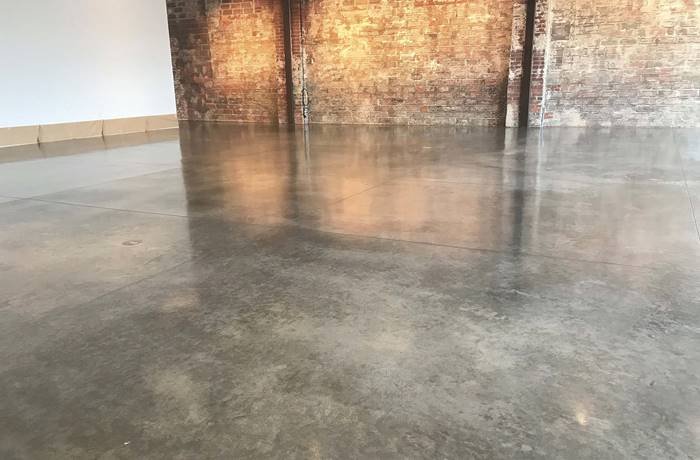
Concrete floors are extremely durable and can last a very long time if properly installed and maintained. In addition, the design options are diverse. After all, concrete is a very hard and cold base, it tends to attract moisture, so you should carefully assess what slabs or foundations are under the concrete floor.
Even in commercial spaces, concrete can withstand decades of heavy use. This saves a lot of money and effort in the long run, considering that you don’t have to replace the flooring every few years. Concrete is also valued as a floor covering for living spaces – it is difficult to damage: high heels, furniture legs and pet nails will not scratch the surface. You also don’t have to worry about damage from dropped items. Of course, it is possible to damage the concrete surface, but its resistance has obvious advantages over other surfaces.
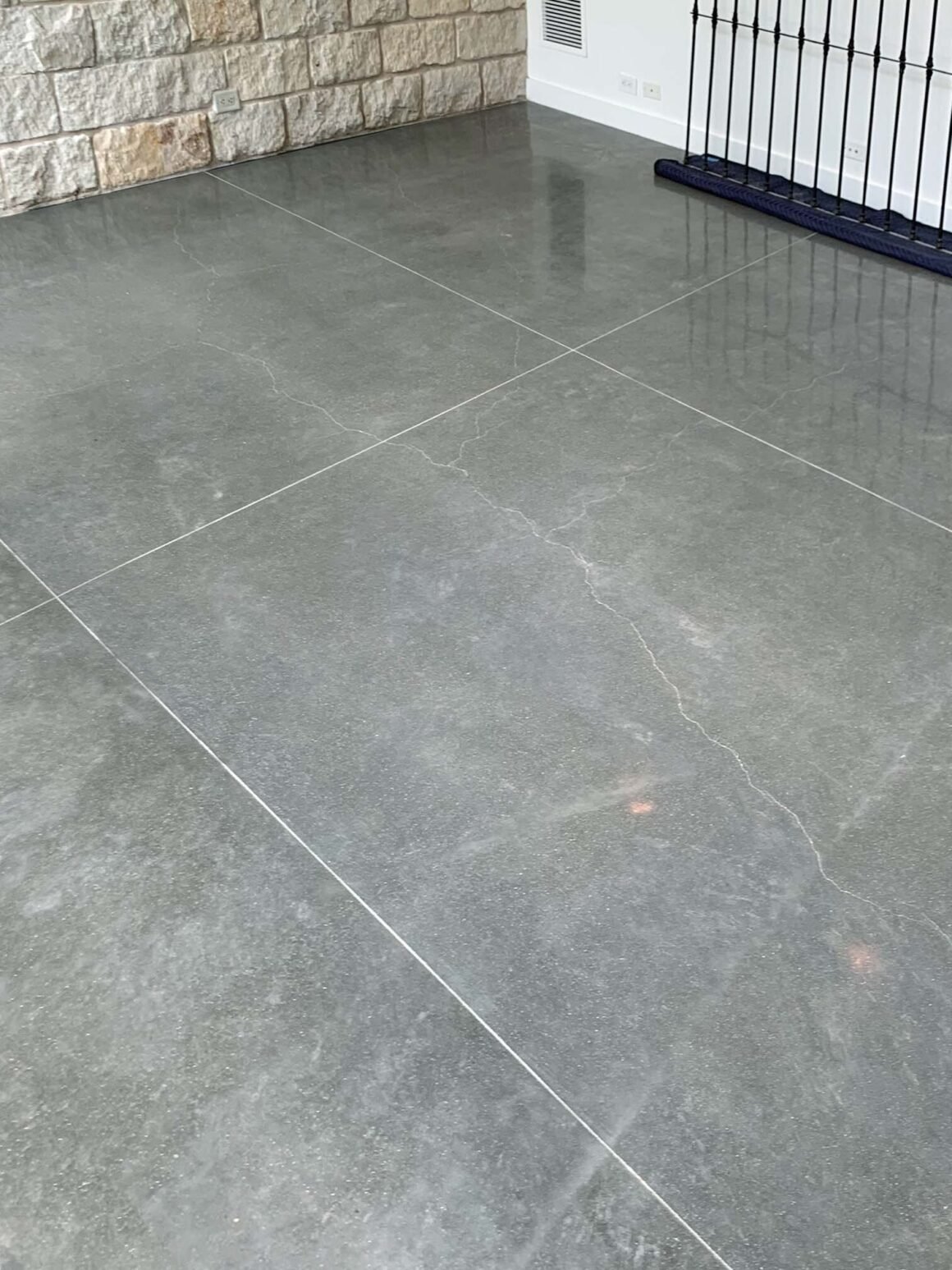
In order for the concrete floor not to lose its appearance and resistance, it must be regularly impregnated or waxed. Depending on the intensity of use, this should be done every one to three years. Over time, concrete floors can settle and crack, which is a common problem, especially when an existing structural panel is applied to the surface of a residential floor. If the floor is severely cracked, it can be patched, sanded and refinished to restore its integrity and shine.
Design
Concrete floors are well-suited for modern or industrial-style homes from an aesthetic standpoint, but they are less commonly seen in classic or vintage interiors. The era of plain, polished concrete slabs is long gone. While this option is still appropriate in some cases, there are now a range of texturing and painting possibilities available:
- Polishing: The main cast plate or overlay can be sanded with progressively finer abrasive pads to produce a smooth glass finish. After applying the impregnant, a shiny floor is obtained.
- Acid staining: When concrete reacts with a mild acid, it creates a colorful mottled surface that looks like marble. Each new area will be different and unique.
- Painting: An alternative method of coloring concrete is through painting, which involves applying a solid paint onto the completed surface. This technique results in a uniform color, unlike acid staining which creates a variegated effect.
- Textured or Stamped: While still wet, the concrete surface can be brushed, stamped or “decorated” with glass details or fine aggregate to give it a three-dimensional texture.
- Geometric Patterns: High-end concrete floors are sometimes laid out in geometric patterns, with each segment painted or textured differently for a graphic effect.
- Drawings: Concrete floors can be the basis for various artistic painting techniques.
Concrete floor installation
In most cases, residential concrete floors are created by grinding an existing structural concrete slab and applying a polishing technique of your choice. Where the slab is in poor condition, a thin layer of fresh concrete can be poured over the old surface; this coating then becomes the base surface for polishing, painting or texturing. The last step is to cover the floor with a special impregnant to protect the surface. Impregnations will need to be repeated at regular intervals; some experts advise giving it annually.
Cons
The strength and durability of this material can also be a minus. The surface of the concrete floor is very hard – falling on it can seriously injure you. Objects falling on these surfaces break very easily. This is why concrete floors are not recommended for rooms used by children or the elderly. The hardness of concrete makes it uncomfortable to stand on it for a long time.
Polished concrete can be extremely slippery, especially when wet. Therefore, this coating is not recommended for bathrooms, kitchens or entrances.
Another disadvantage of concrete is its low insulating value, so in winter the floor will radiate cold unless you install underfloor heating.
If the concrete is not properly sealed on both the top and bottom surfaces, moisture can easily penetrate it. Due to the lower temperature of this material, water tends to condense on it. If the liquid manages to seep into the pores of the concrete floor, mold can develop in your home. In some spaces where the temperature can drop below 0°C, the moisture in the concrete can freeze and cracks can appear on the surface as the liquid expands due to temperature changes.
So, whether a concrete floor is suitable for you or not, you have to decide for yourself, depending on the layout, style and use of the premises.

